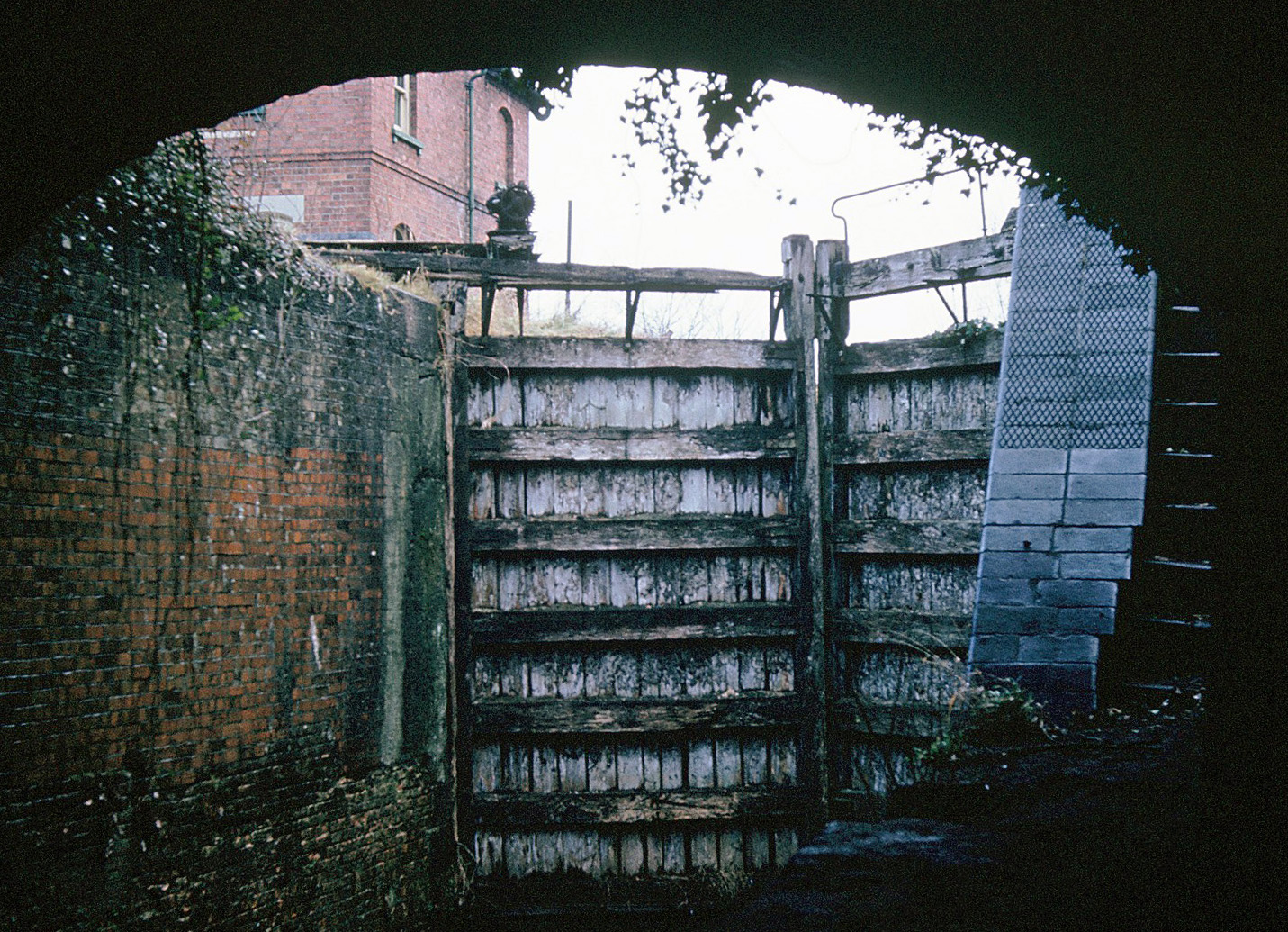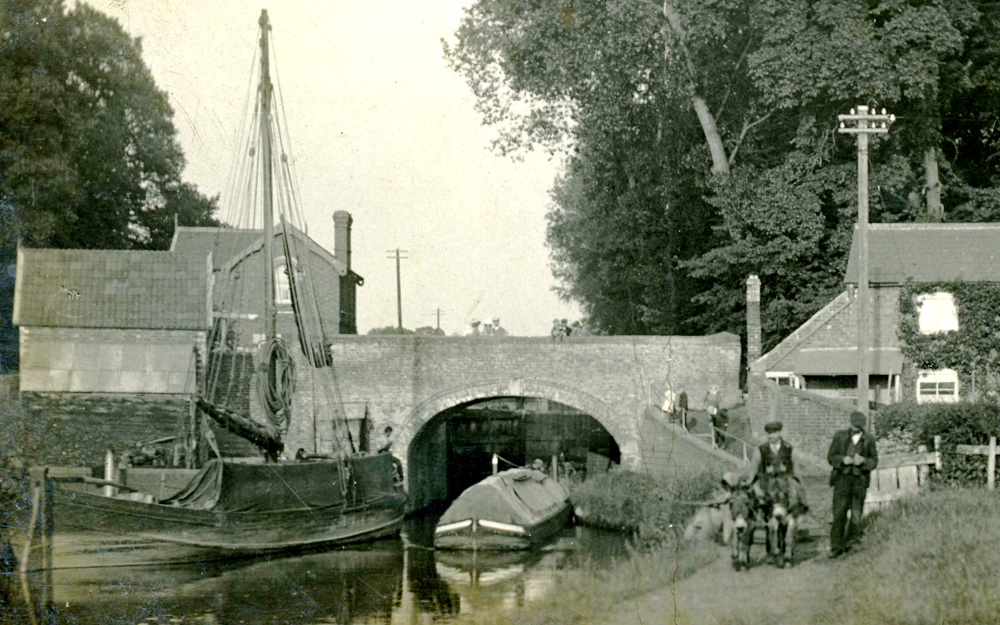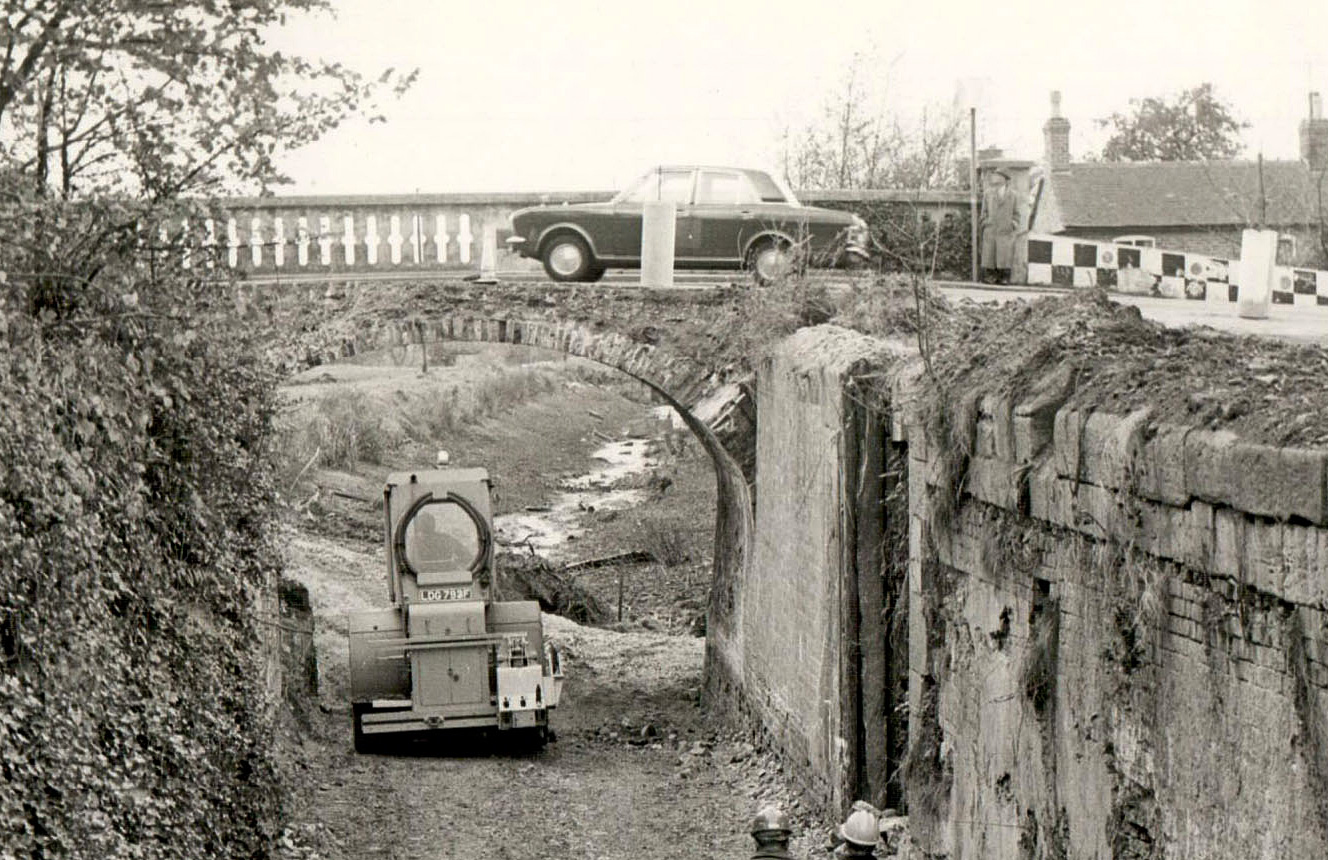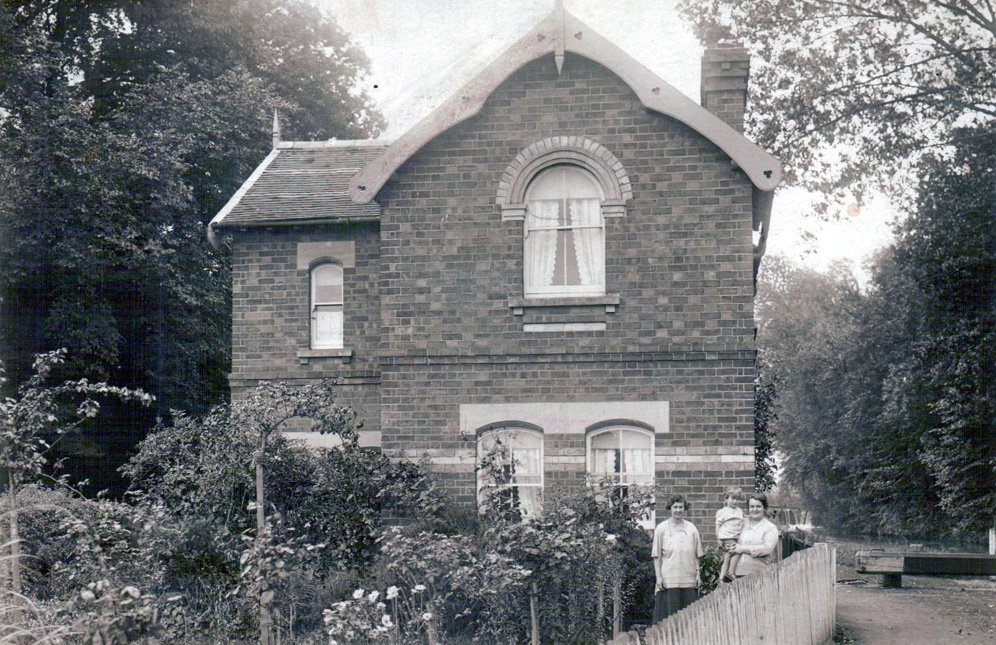The lock is sited just above Pike Bridge, and a Victorian lock-keepers house stands alongside.


Built in 1777, this is the third in a flight of five locks that carries the Stroudwater Canal up the hill past the village of Eastington. Originally named after the nearby village, its later name relates to the turnpike house built in 1803 beside the adjoining road junction. (For more about building the five locks, visit Building the Eastington Flight).
Also in 1803, it was found that the lock gates were leaking after an over-enthusiastic corps of the local militia had used them for target practice and some of the musket balls had penetrated the woodwork.
In 1858, the imminent arrival of a large steam powered barge led the owner of the barge to request an enlargement of Pike Lock, but it is not clear what, if anything, the Stroudwater Company was willing to do about it. As the barge owner also owned a lighter, it is likely that this was used to carry some of the barge's cargo up the locks.


Pike Bridge was originally a traditional hump-back bridge of narrow width carrying an important road through Eastington village. It also carried the towpath which changed sides here because the original land owner to the east did not want the path to be adjacent to his fields.
To suit increased road traffic, the carriageway was widened in 1924, and the hump in the road was reduced to the minimum that would not impede canal traffic. For the surprising story of the house to the right of the image, visit Western Depot Site Surpises.


In the 1960s, the upper lock gates were replaced by a concrete dam to maintain water levels for anglers. When the M5 Motorway link road was under construction in the early 1970s, Pike Bridge was replaced by an embankment, and the lock was partially infilled with an earth ramp and an open concrete channel funnelling surplus water to an Armco duct through the embankment.
This infill was removed when the lock was partially restored by contractors in the early 1990s, and the bypass culvert was cleaned out by volunteers to take the surplus water. The embankment was replaced in 2005 by the present bridge which makes use of the foundations of the earlier bridges - as can be seen under the arch.


The present Victorian house was built by the Stroudwater Company in 1878 for their employee who looked after the five locks in the Eastington flight. The house is now in private ownership and has been extended.
It replaced the turnpike house beside the old road junction where travellers from Stroud turned north-west to join the road to Gloucester or south-west to join the road to Bristol. The former main road beside the house now just leads to a car park, but traces of cats-eyes are a reminder of the road's earlier status.
In 1929, the lock keeper had a fright when a tall poplar tree on the other side of the canal crashed into his garden, blocking the canal and the towpath. This followed a similar incident at Blunder Lock the year before after the land owner had ignored warnings. In both cases, the landowner agreed to pay the Stroudwater Company for removing the tree, and he could have been liable for having delayed barge movements but no claims were submitted.
For building the turnpike house, see D1180/1/2 p358.
For using the gates for target practice, see D1180/1/3 p5.
For alterations to Pike Lock, see D1180/1/5 p265-279 and high depth on cill in 1907 Royal Commission.
For the towpath changing sides, see D1180/1/1 p142.
For the widening of Pike Bridge in 1924, see D1180/9/15 p71-476.
For concrete dams and removal of Pike Bridge, see D1180/9/54 and 1978 Inspection Report in D1180/acc10879/Box1/3.
For restoration of Pike Lock, see the Trow Archive 1990-94.
For building the present Pike Bridge, see Pike Bridge Project.
For building Pike Lock House, see D1180/9/5 p270.
For fallen trees, see D1180/9/17 p64-210.